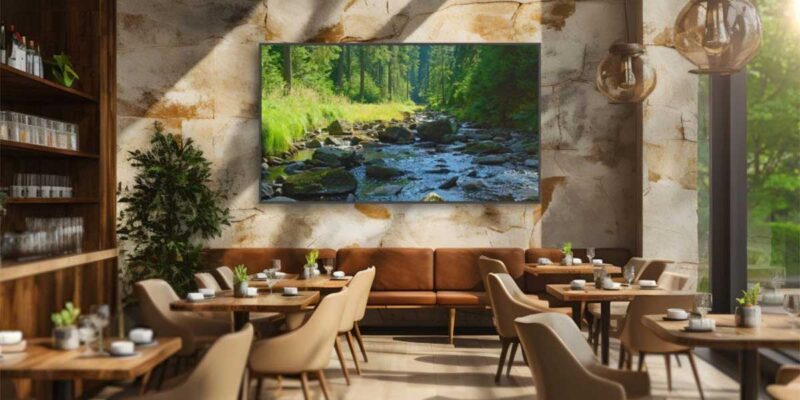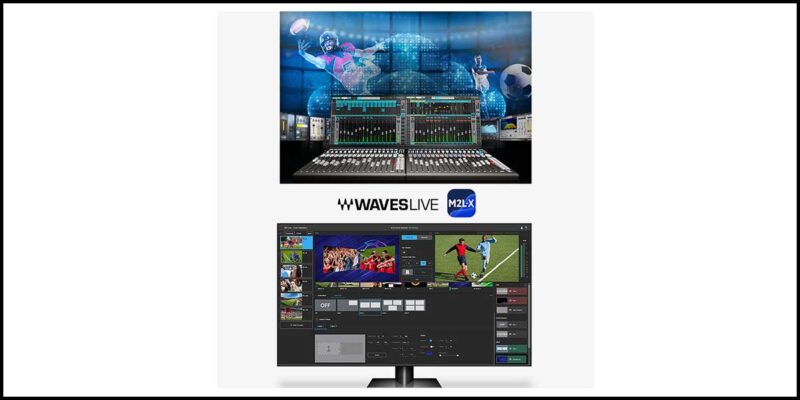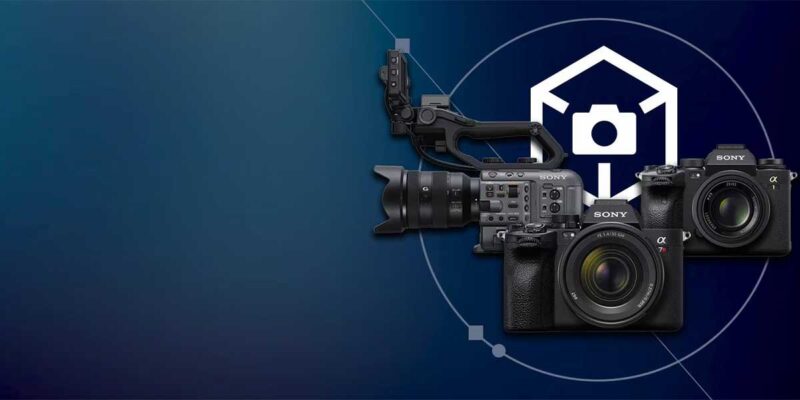Definition of UHD TV Becomes More Muddied
Most manufacturers and consumers think a UHD TV should have 3860×2160 color pixels, which typically is understood to mean red, green and blue (RGB) subpixels make up one color pixel. That understanding is now being challenged as subpixel structures using red, green, blue and white (RGBW) and red, green, blue and yellow (RGBY) are increasingly being marketed as UHD or UHD-like panels and TVs. This is going to create more confusion and finger pointing that I think will ultimately hurt the emerging UHD TV market.
Compounding the issue will be UHD TVs coming soon that will offer other enhancements like 10-bit processing and display, wide color gamut, high dynamic range, 4:4:4 or other color subsampling support and more. Clearly the technology is getting out ahead of the standards which will create problems in the market.
The RGBW subpixel arrangement is reportedly being used by Samsung Display (its Green UHD panels) and by LG Display (its G+ UHD panels) and perhaps by others as well. The reason this structure is being adopted is to lower the cost of the TV by reducing the number of drivers needed to move images onto the panel. Samsung and LG are doing this so they can have lower cost panels to compete with Chinese and Taiwanese producers who are selling gobs of low cost UHD TVs in the China market.
The RGBW solution can save 33 to 50 percent on component costs while simulating 4K resolution, said an Innolux spokesperson in April after reports surfaced that they were supplying “fake” 4K panels to Chinese TV brands. Innolux denied the report but said RGBW has lower picture quality.
Some efforts to define a UHD TV have been done. For example, VESA considers a display that delivers 2160 lines of information to meet its definition of a UHD TV. In October 2013, the Digital Europe group started a label/logo program for UHD TVs that defined them as:
- Native Resolution: 3840 x 2160 Pixels
- Aspect Ratio: 16:9
- Colorimetry: ITU-R BT.709
- Color Bit depth: 8 Bit
- Frame Rate: 24p/25p/30p/50p/60p
- Audio: PCM 2.0 Stereo
Note that the subpixels structure is not defined so an RGBW panel may well meet this definition.
Sharp has also been promoting a “Near UHD” TV to consumers as well based on its RBGY subpixel structure. These Quattron TVs use a standard red, green, blue stripe pattern, but add a yellow band as well.
As shown in the diagram, an RGB full HD TV will have 1920×1080 color pixels composed of RGB subpixels, or 1920x1080x3. With the Quattron TV, you get 1920x1080x4 (RGBY). At CES 2014, Sharp introduced its Quattron Pro pixel that horizontally divided the subpixels to double the number of addressable subpixels to 1920x2160x4. That works out to 16.58M addressable subpixels, or 1920×2160 color pixels.
![]()
An RGB UHD panel has 3840x2160x3 addressable subpixels or 24.88M addressable subpixels. When Sharp combines a Full HD resolution Quattron Pro panel with subpixel rendering, it brands this as Quattron + Revelation. The company claim this produces a 4K equivalent image, which it demonstrated against a native UHD TV in its booth at CES. We saw this demo and could indeed see little difference in picture quality.
To learn more about what Samsung Display Company (SDC) and LG Display (LGD) are doing, we reached out to David Barnes, the principle at BizWitz. He said that the so-called green panels use RGBW dots but Samsung and LGD differ in the way they render images by grouping dots into pixels. In both cases, they have a similar subpixel arrangement, as shown in the diagram below.
![]()
Barnes says, “SDC renders this as two sub-pixels per pixel: RG or BW to produce 16.6 million colors with a format of 1920 x (4) x 2160, which is FHD x 2.7 essentially. This provides less than a typical RGB stripe structure but it reduces the number of TCON and DIC channels needed to render UHD video. Color gamut mapping algorithms (GMA) and sub-pixel rendering (SPR) software compensates for the reduced “RGB” resolution. This seems to be an extension of Candice Brown’s concepts that SDC applies to AMOLED for Galaxy displays. The effective pixel aperture is greater with this method, so BLU cost is reduced while power efficacy is increased.”
The result is very similar to the Sharp Quattron + Revelation approach but use a white segment instead of a yellow one.
“LGD pares the pixel countdown less than SDC does buy assigning 5 dots to 2 pixels… you might think of it as 2.5:1 instead of SDC’s 2:1,” continued Barnes. “This provides 24.9 million colors with format of 2880 x (4) x 2160.”
This is now similar in terms of addressable subpixels and colors as a native UHD RGB resolution display.
In projection, JVC markets the eShift 4K/UHD projector. This uses a full HD resolution panel that can be optically shifted a half-pixel left/right and up/down to time sequentially project 4K pixels within a standard video frame time period.
So with new pixel arrangements, subpixel rendering, time/space shifting and other methods, the value of native resolution seems to be becoming less important — at least to consumers who may not be able to tell the difference visually. But it also creates and labeling and standardization nightmare that is not likely to be resolved soon.





